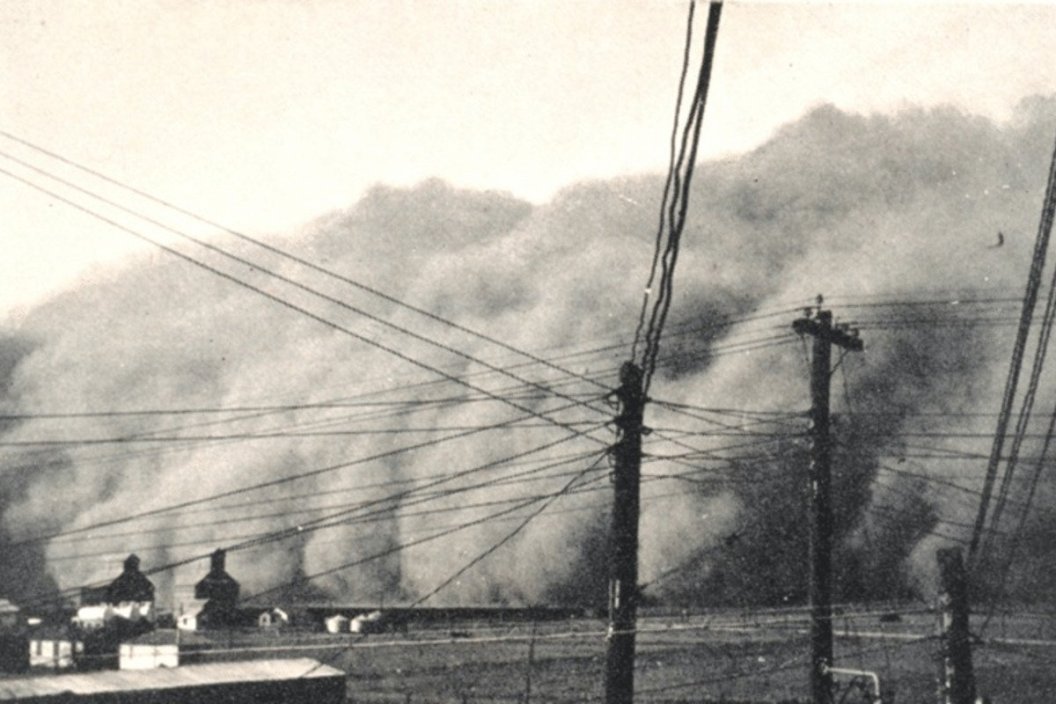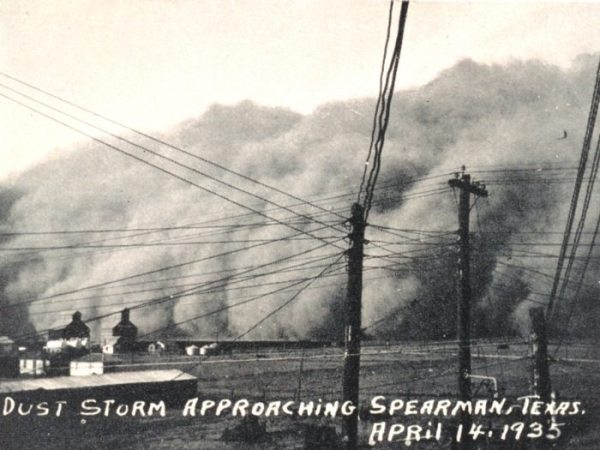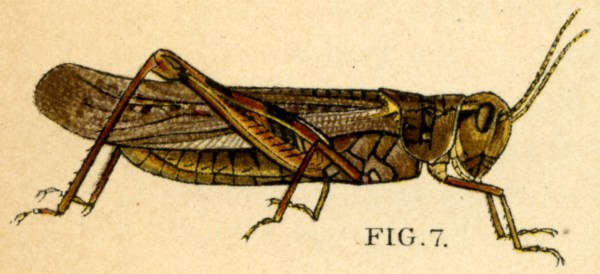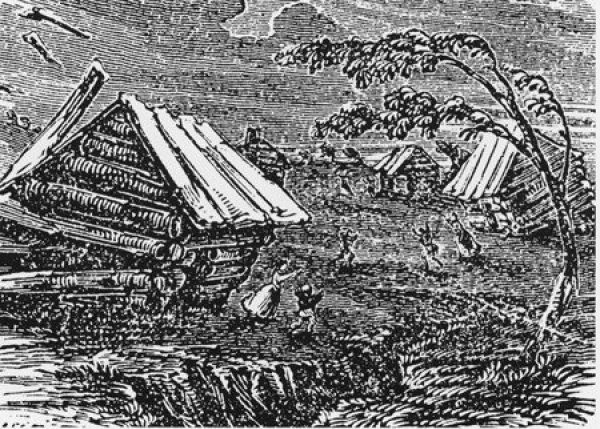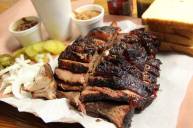They say if you don't like the weather in the South, just wait a few minutes. It's not uncommon to break out your flip-flops and parka on the same day. Not to mention you never know when you'll need an umbrella to block out unexpected water droplets. Sure we aren't dealing with any arctic temperatures like Alaska, but there are all sorts of crazy weather going on in the South — just ask the National Weather Service.
Whether it's dramatic temperature changes or raining insects, strange weather is just part of living in the South. Here are five of the weirdest weather phenomena in the history of the South..it's a lot stranger than the typical tornado or wildfire.
5. Raining Meat
Of all the things to fall from the sky, free food is definitely better than hailstones or a crazy snowstorm. But talk about some seriously weird weather. In 1876, Bath County, Ky. encountered one of the most bizarre weather events in history when portions of red meat fell from the sky. Unfortunately, it wasn't a miraculous monsoon of Filet mignon. The meat was initially believed to be mutton or venison but later identified as lung tissue from a horse. But how did the meat fall from the sky? Well, most locals believe that it was vomited up by vultures. Because the phenomenon occurred around the same time as a rainstorm, the meat combined with the moist air appeared to be a strange weather event. Today the event is known as the "Kentucky meat shower." We can only imagine what today's meteorologists would say covering an event like this on national news.
4. Black Sunday Dust Storm
April 14, 1835, marks the anniversary of one of the most disastrous events in history. What started as a beautiful spring day in Oklahoma ended with an apocalyptic black cloud blocking out the sun. They've dealt with way more than just twisters in Oklahoma and this is definitely one of the most unusual weather events we've ever heard of. It was so dark in the middle of the day that folks couldn't see even a few inches in front of their face. Soul-chilling cold air continued to blow in waves of dust for hours. But the impact of the dust storm lasted for years. It became known as "Black Sunday." The severe weather was caused by soil erosion brought on by a horrible drought and over-farming. The government implemented a program to revitalize grasslands and promote new farming techniques.
Read More: Texas Woman Flies Through Tornado in Bathtub, Lands Unharmed
3. Year of the Locust
The Rocky Mountain locust was a familiar menace to the people of the midwest plains. But in 1874, a locust plague unlike anything they'd witnessed enveloped the plains all the way down to Texas. The insects descended in a terrifying swarm, covering houses and farms and stripping the fields of crops. One Kansas pioneer woman was so terrified by the swarm, she went insane with fright. But what do locusts have to do with strange weather? After continued heavy rains, grasshopper populations increase. The insects come into contact with one another, causing hormonal changes. The grasshoppers eventually evolve into insects who travel in clusters.
Residents tried everything to get rid of the locusts. One man, Charles Valentine Riley, even suggested eating them. Riley promoted his own line of locust recipes to eliminate the pests while nourishing the increasingly hungry and destitute pioneer people. Eventually, state and federal government agencies stepped in to help folks impacted by the plague, providing money, supplies, and a relocation program.
2. New Madrid, Mo. Earthquakes of 1811 and 1812
The 1811 and 1812 New Madrid, Mo. earthquakes remain the most powerful earthquakes east of the Rocky Mountains on record. At the time, the earthquakes were the biggest in history. Although the quake's epicenter was in Missouri, they were felt as far away as New York City and Boston. Even President James Madison felt them in the White House. After a Feb. 7 earthquake, the Earth shook with such force that the Mississippi River actually ran backward for hours. The area endured 2,000 earthquakes over the course of five months, from Dec. 16, 1811, to March of 1812. The largest quake registered an 8.8 on the Richter scale. Regular small tremors are still felt across Southern Missouri, Arkansas and Tennessee.
In 1990, a self-proclaimed climatologist named Iben Browning predicted that there was a 50 percent chance of another major earthquake along the New Madrid fault line. Browning's prediction caused a media frenzy (and inspired a song by the alt-country band Uncle Tupelo). Thankfully, no earthquake occurred.
1. Satan's Storm in Kopperl, Texas
Every Texan knows a Texas summer is hellishly hot. But on June 15, 1960, residents of the tiny town of Kopperl, Texas experienced a heatwave the likes of which they'd never dreamed. Residents awoke thinking their house was on fire due to the overwhelming hot air. Others thought the world was ending. The air outside was stifling, making it hard to breathe. In a matter of minutes, temperatures rose from 70 degrees to 140 degrees Fahrenheit.
The phenomenon is now known as a heat burst when descending air warms rapidly due to atmospheric compression. The thunderstorm that caused Kopperl's heat burst became known as "Satan's Storm." Winds rose to 75 miles per hour, taking off the roof of a store and knocking down trees. The ensuing heart burst cooked corn on the stalk and caused the town thermometer to explode. Not that's one high-pressure storm.
This article was originally published in March of 2017.
